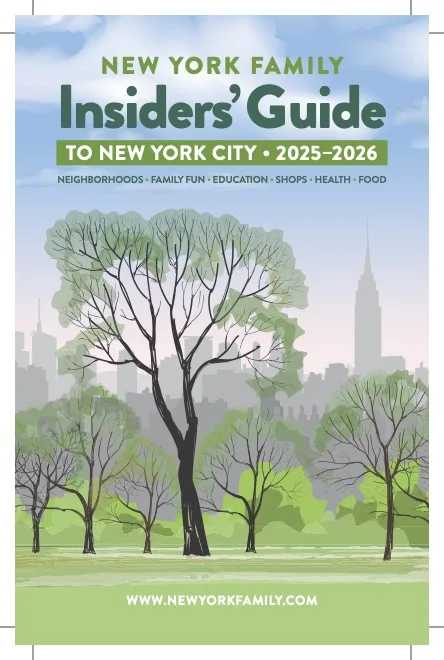Among the myriad of uncomfortable and unattractive ailments of pregnancy are unsightly varicose veins. The bulging purple or red veins might not pose a health threat, but they can be uncomfortable.
Often varicose veins can begin in pregnancy but last a lifetime, unless medical intervention is pursued. Some people experience an ache and heaviness due to the blood pooling in their veins, so living with the condition can also be painful. There is help available, says Dr. Luis Navarro, founder and director of the Vein Treatment Center in New York City.
Danielle Sullivan: Why do some women get varicose veins and others don’t? Does it signal a serious health issue, such as a circulation problem? Does it develop from standing too much?
Dr. Luis Navarro: Some women are more prone to varicose and spider veins because they are genetically predisposed to them. More than 60 percent of patients who have vein troubles have a family history with this. Varicose and spider veins rarely indicate more serious medical issues, but things such as pregnancy, standing all day, or sitting all day can bring on the veins.
DS: How effective are compression socks as opposed to laser ablation?
DN: Compression socks and stockings are complementary to actual vein treatments such as laser ablation. Compression stockings diminish the symptoms of varicose veins, but do not cure them. You’ll need laser ablation to cure the veins, and once your laser ablation is done, you will no longer need to wear compression stockings because you will be completely cured.
I, along with my colleagues, developed the Endovenous Laser Ablation technique, which became approved by the Food and Drug Administration in 2002. Now used worldwide, Endovenous Laser Ablation is the preferred method of treatment over traditional ligation and stripping, due to its minimally invasive characteristics.
DS: What are the risks and complications of laser ablation? Does it ever cause blood clots?
DN: There are very minor risks and complications associated with laser ablation treatment. Minimal black-and-blue bruising may occur, and there is a minor chance that it can cause blood clots — this is very rare.
DS: What are the rates of success with laser ablation?
DN: There is close to a 100 percent success rate with laser ablation. It is an extremely beneficial treatment for varicose veins, and with the 25-minute treatment time under local anesthesia with no downtime, it is a great option to cure the veins.
DS: What are some at-home treatments for varicose veins?
DN: Home treatments to help ease symptoms of varicose veins include wearing compression stockings, and to help with swelling, individuals can take horse chestnut seed extract. These at-home remedies will not cure the veins like professional treatments will, but they will help manage the symptoms associated with varicose veins.
Danielle Sullivan, a mom of three, is a writer and editor living in New York City.























